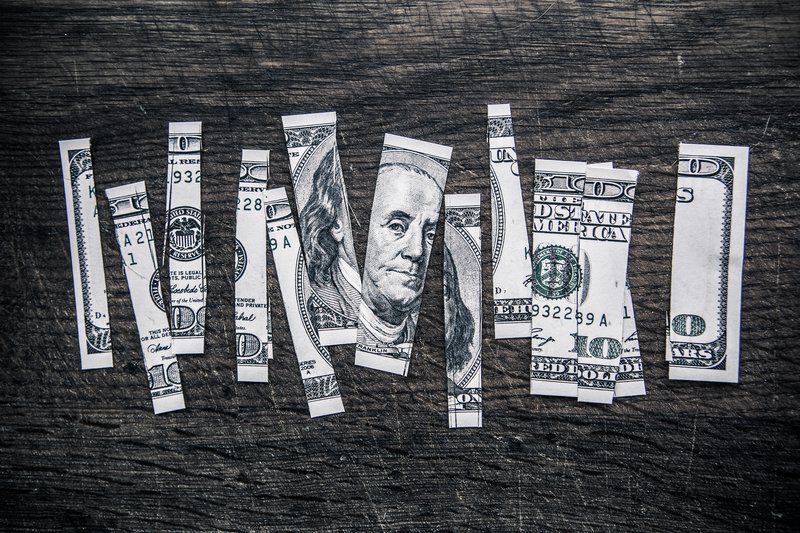Poster Child for Fair-Value Accounting: Student Loan Debt Swap
Blog Post

Flickr / Tax Credits
April 10, 2014
This week, the U.S. House of Representatives adopted a bill that would change how the federal government calculates the costs of its loan programs, including student loans. Under the proposal, government agencies would have to estimate the costs (or net gains) of loan programs using fair-value accounting instead of the rules put in law in the early 1990s, which the Congressional Budget Office (CBO) says “do not provide a full accounting of what federal credit programs actually cost the government.”
Though the CBO is nonpartisan, the issue has become intensely polarizing over the past few years. One might simply assume that Republicans support the proposal because it would show that government programs cost more and Democrats oppose it for the same reason. But there’s more to it than that, and you don’t need to understand arcane accounting concepts to see why. In fact, a real life example from student loan policy offers a compelling illustration. As you read this example, keep two important phrases in your mind: “If it looks too good to be true, then it probably is;” and, “There is no such thing as a free lunch.”
At the depths of the economic recession, Senator Sherrod Brown (D-OH) proposed that the federal government buy up private student loans at face value, convert them to federal loans, and then reduce the interest rates that borrowers would pay going forward (“The Private Student Loan Debt Swap Act of 2009”). Banks and lenders holding the loans would be paid the face value of the loan; that is, the government would pay the lender the full outstanding balance on the loan and convert it to a federal loan. Borrowers would receive the new, better terms, and repay the remainder of their loans to the Department of Education.
The debt swap does little more than reshuffle a set of existing loans on paper, yet miraculously, $9.2 billion in new cash would appear out of thin air.
How much do you think something like that would cost the federal government?
The CBO was required under the existing accounting rules to show that the transaction would result in an immediate $9.2 billion net gain, a profit to the government. Think about that for a minute. The debt swap does little more than reshuffle a set of existing loans on paper, yet miraculously, $9.2 billion in new cash would appear out of thin air as soon as the transaction is made.
So where does the new money come from if borrowers’ interest rates and terms are improved while lenders are paid the full face value of the loan, all in the midst of a severe recession, no less? Could it really be that there are absolutely no losers in the transaction?
I am not going to get into why the accounting rules produce that dubious outcome. You can read the excellent brief by the non-partisan Congressional Budget Office for those details. And I won’t get into why that kind of outcome is an open invitation for abuse, either. Instead, I’ll just remind you about the financial wisdom noted above: “If it looks too good to be true, then it probably is;” and, “There is no such thing as a free lunch.” Here’s another one: “You can’t turn lead into gold.”
By the way, according to the Congressional Budget Office, fair-value accounting shows that the debt swap transaction would cost the government about $700 million.